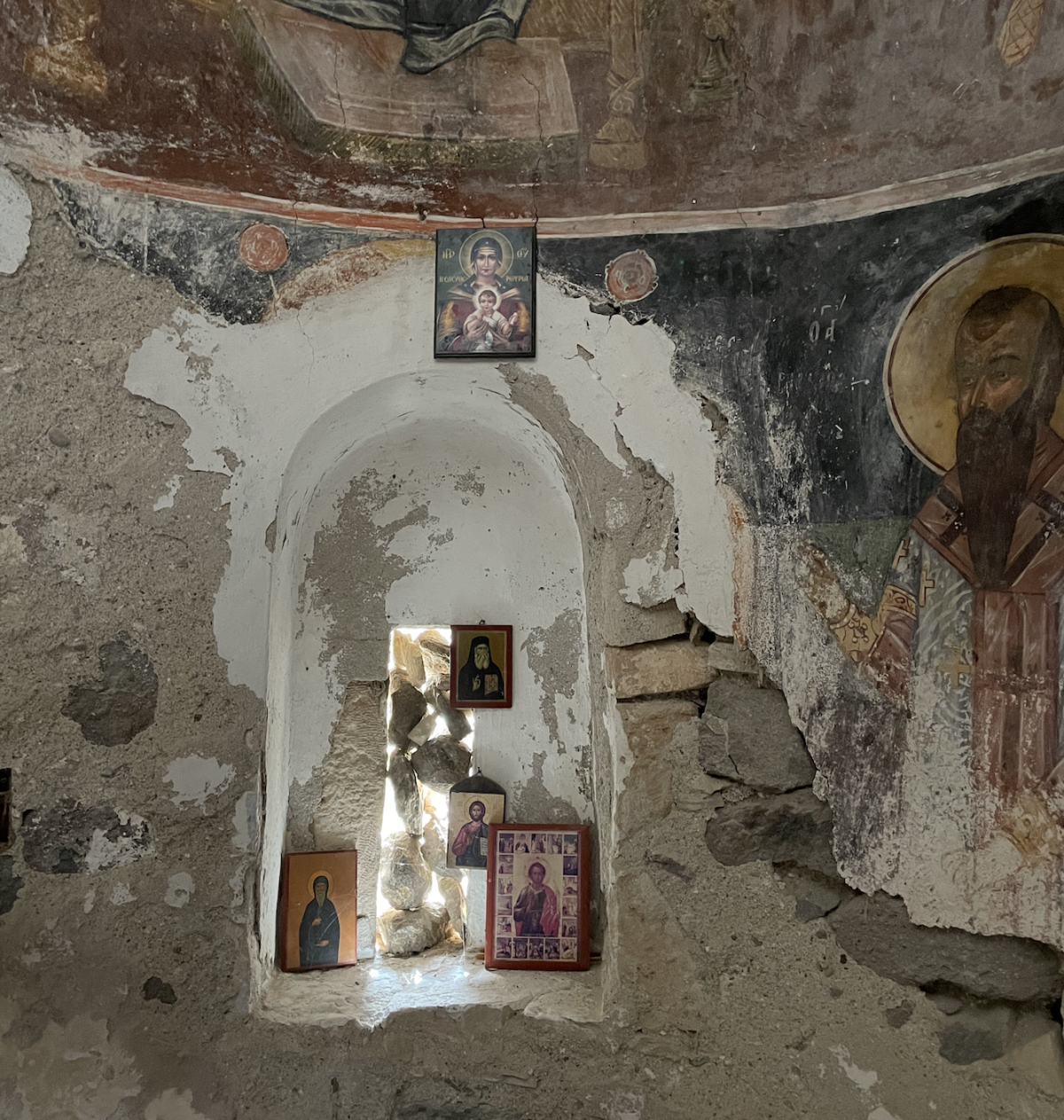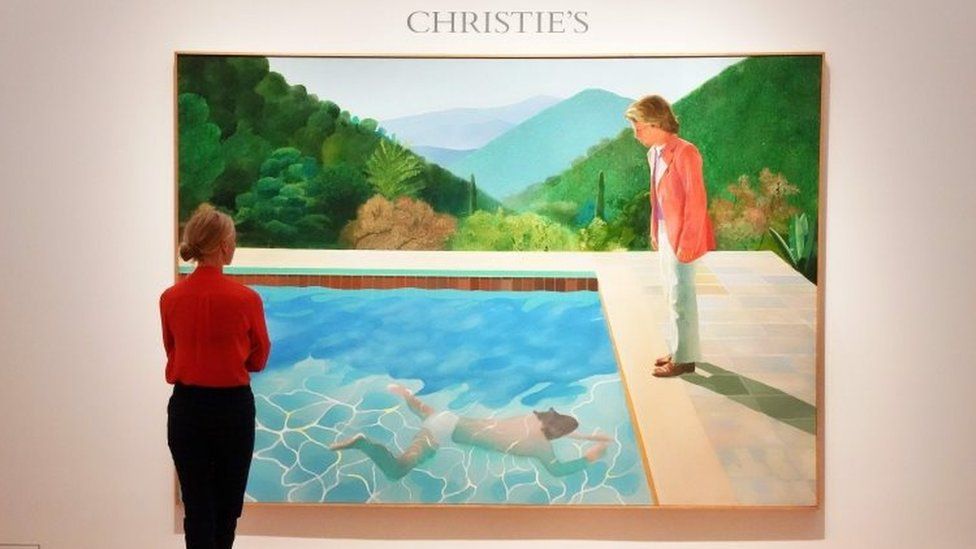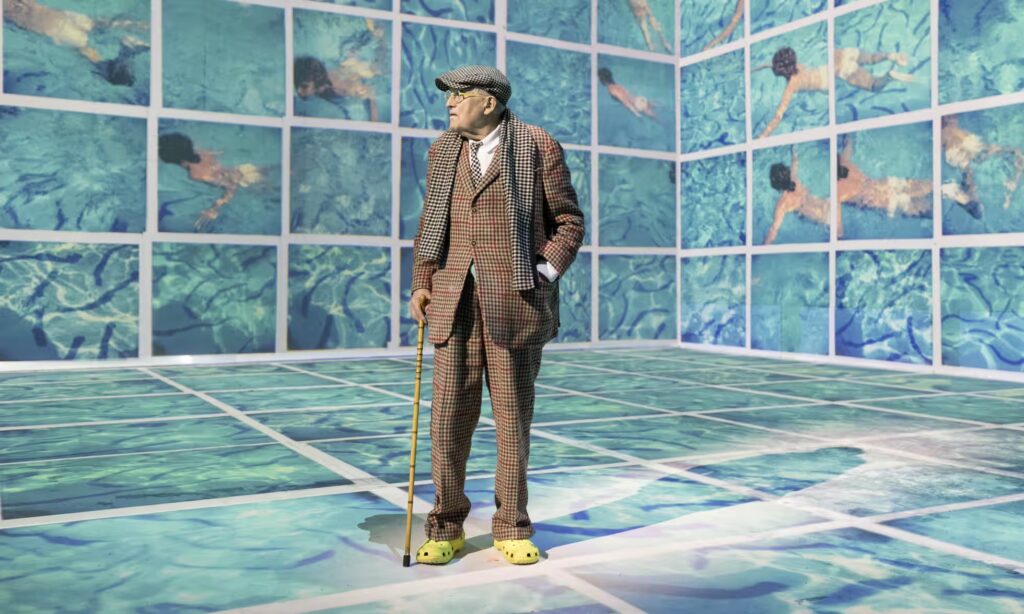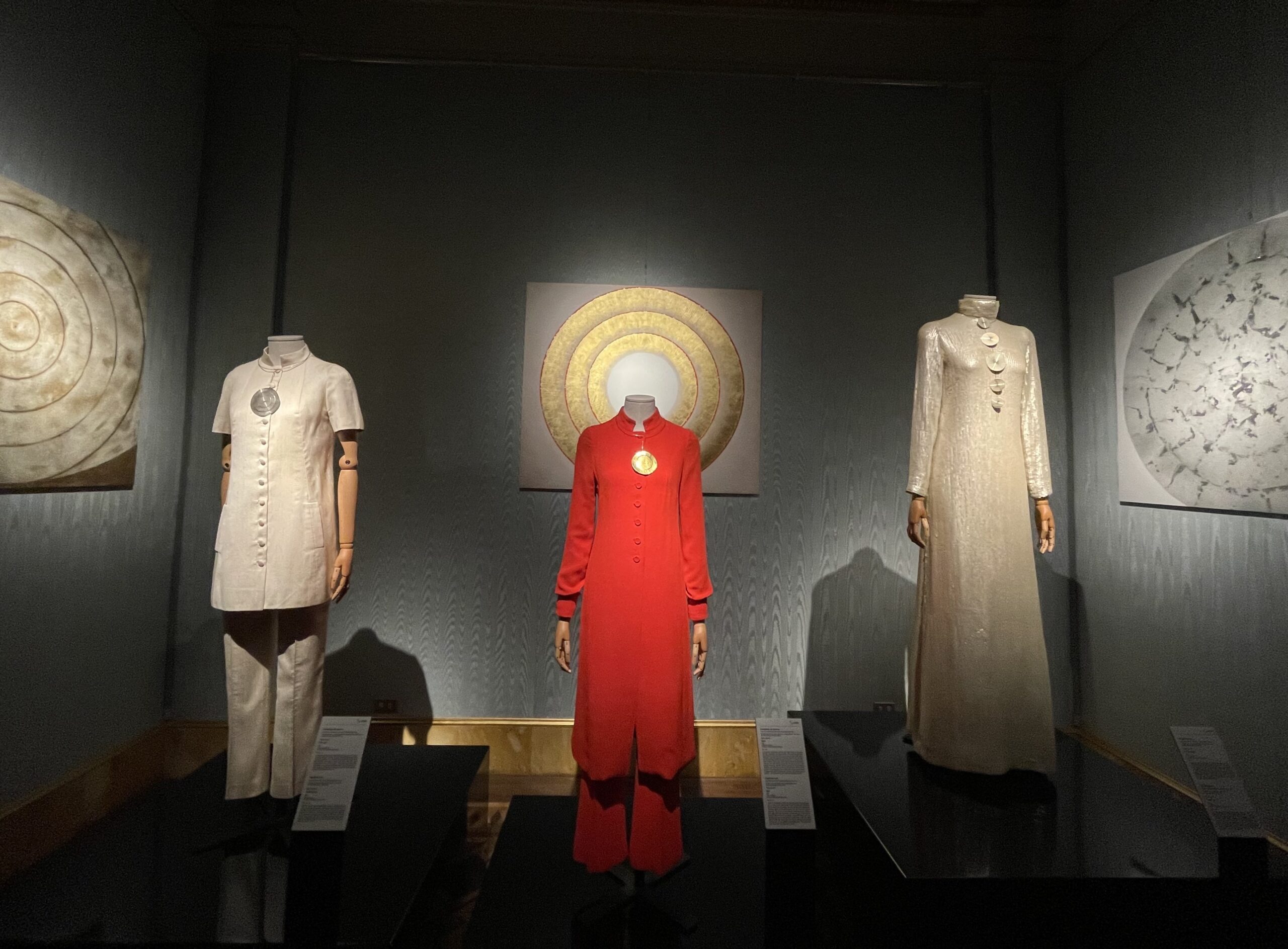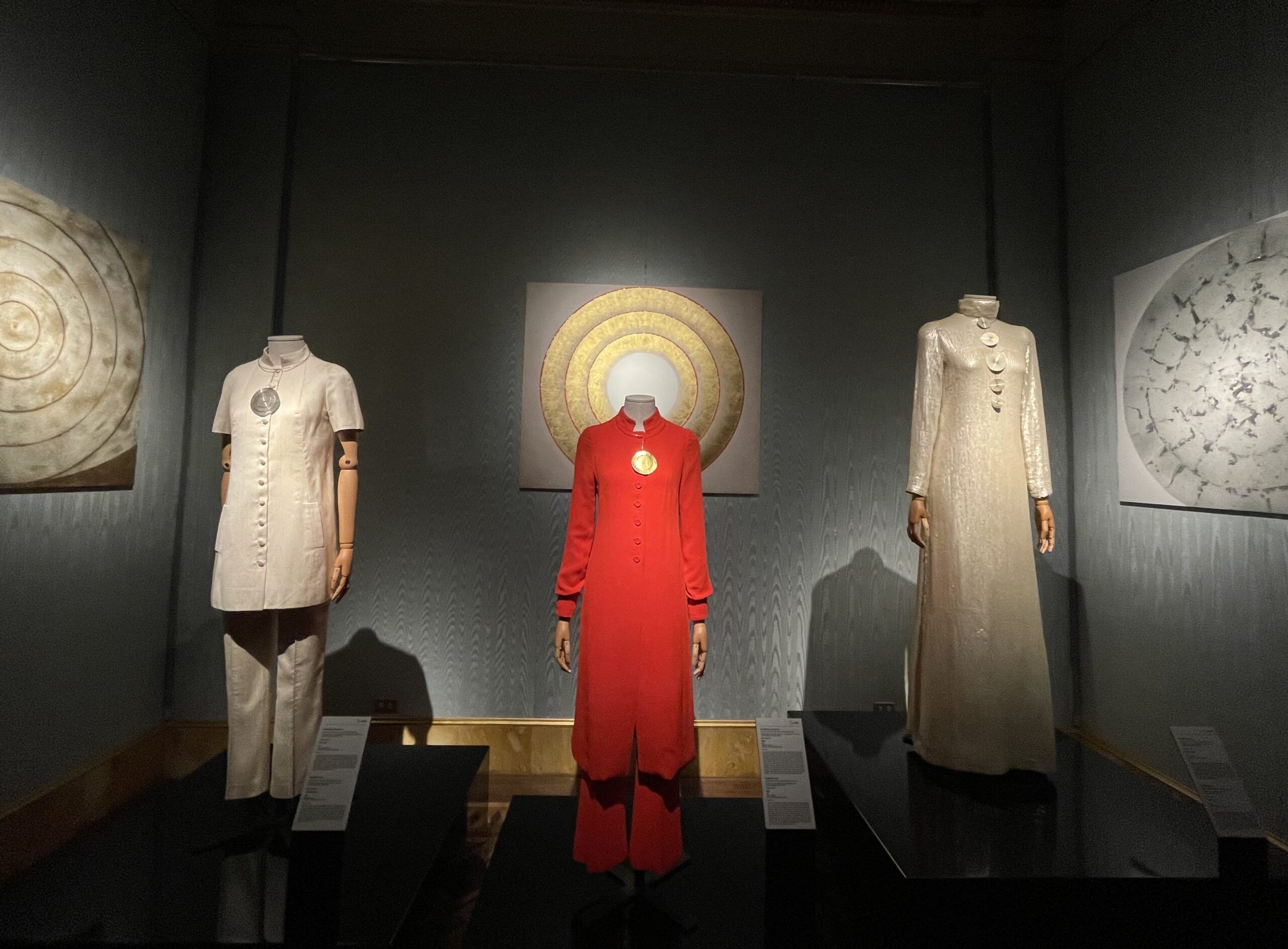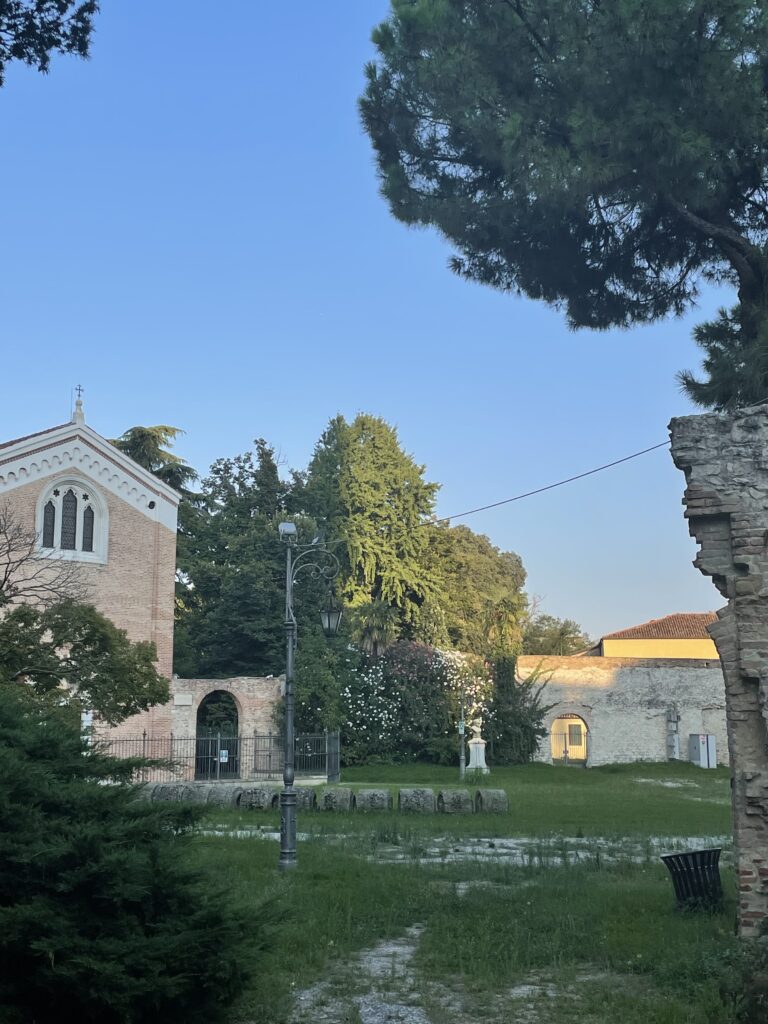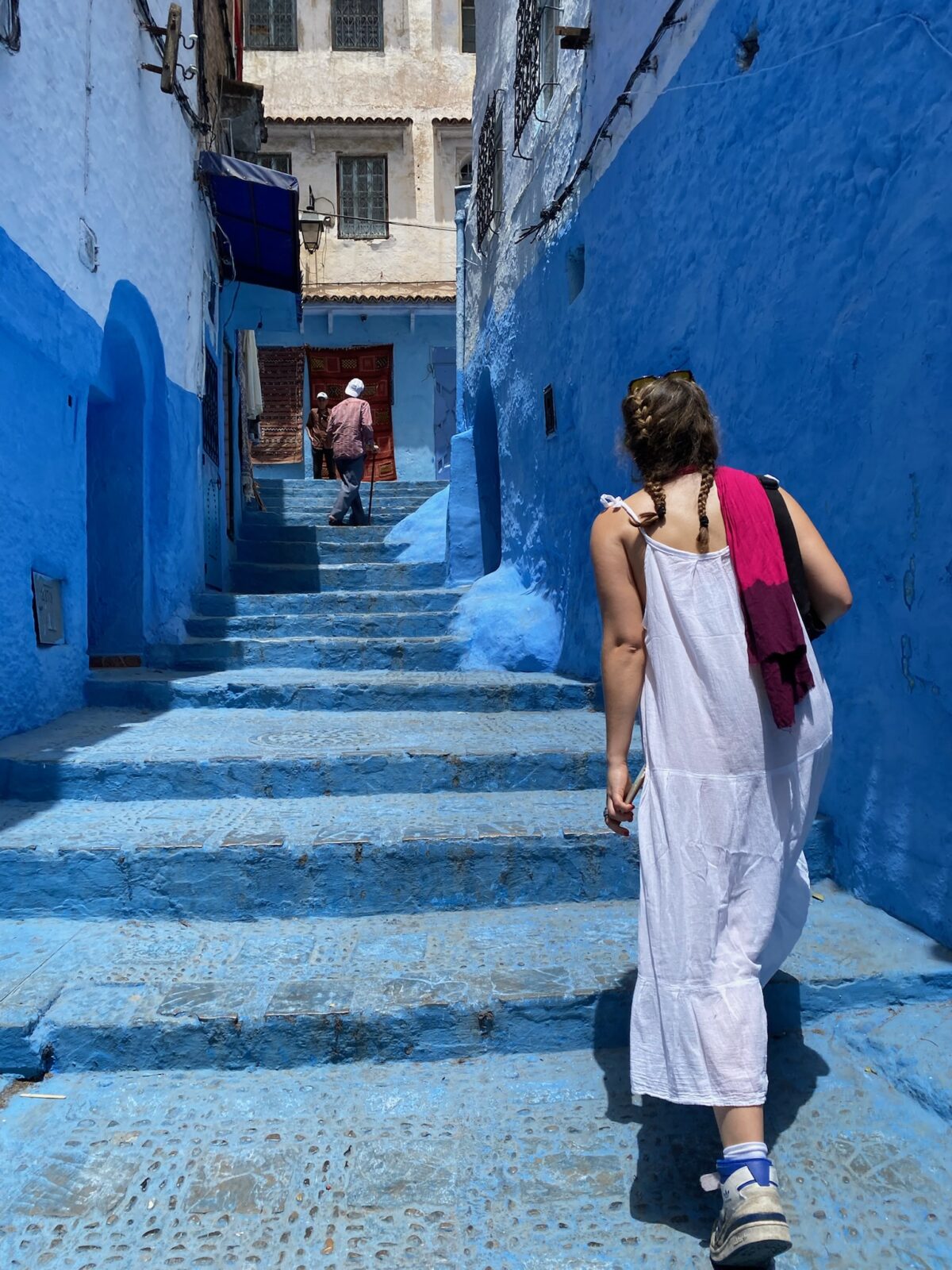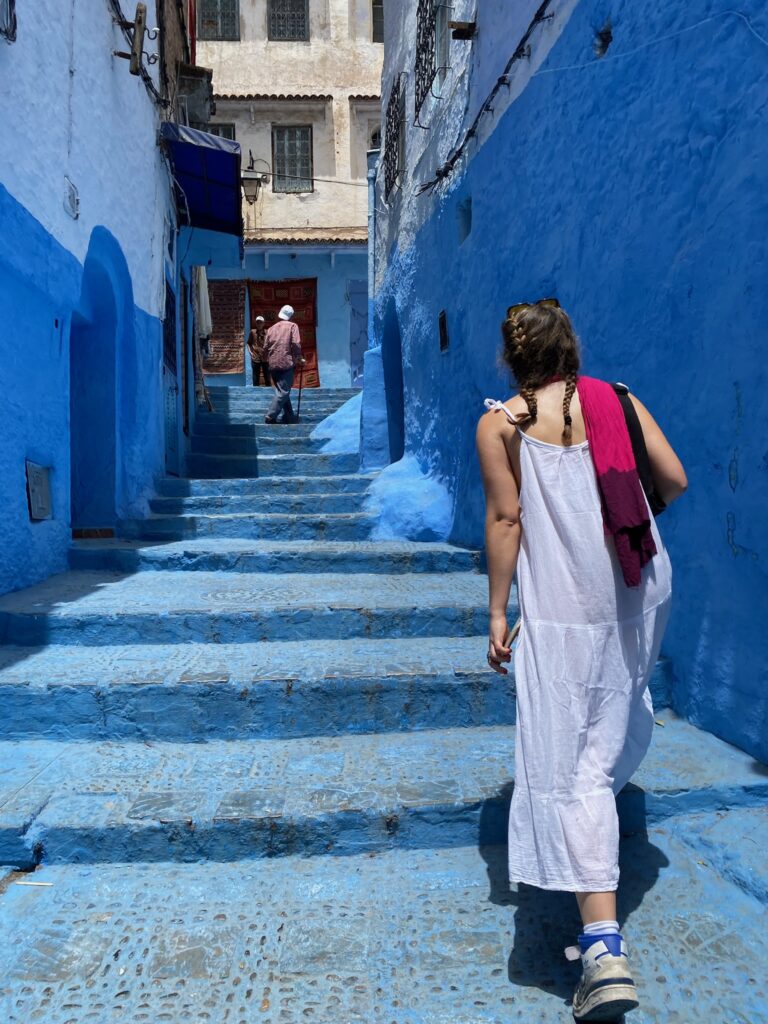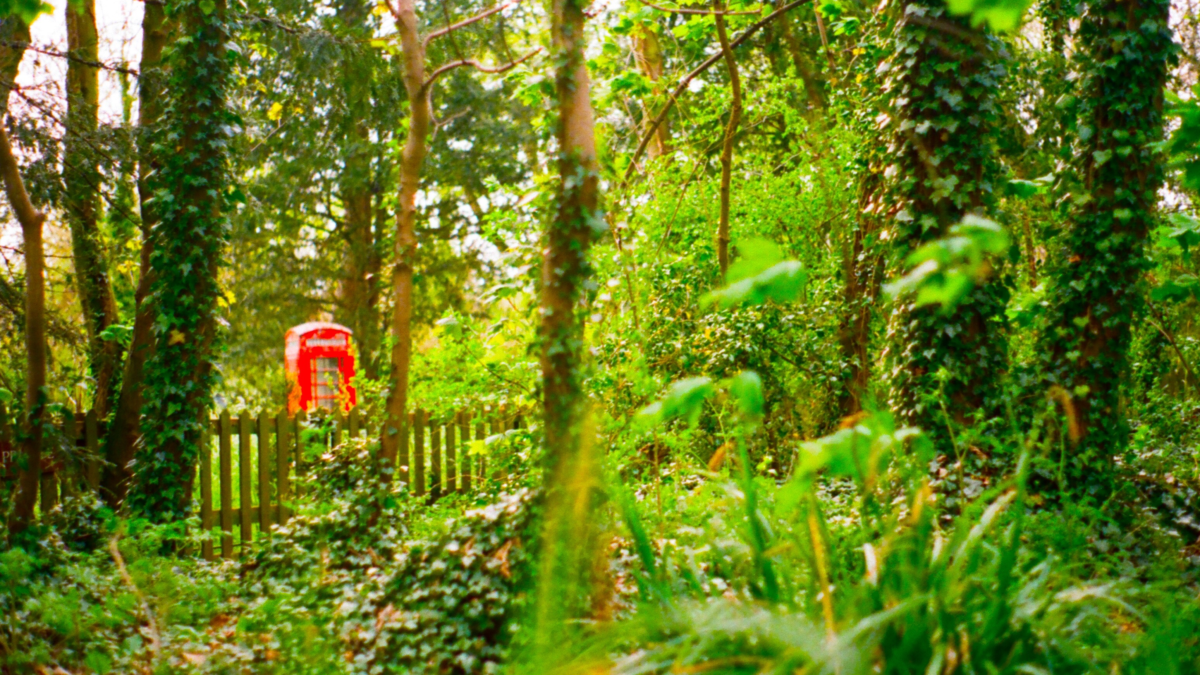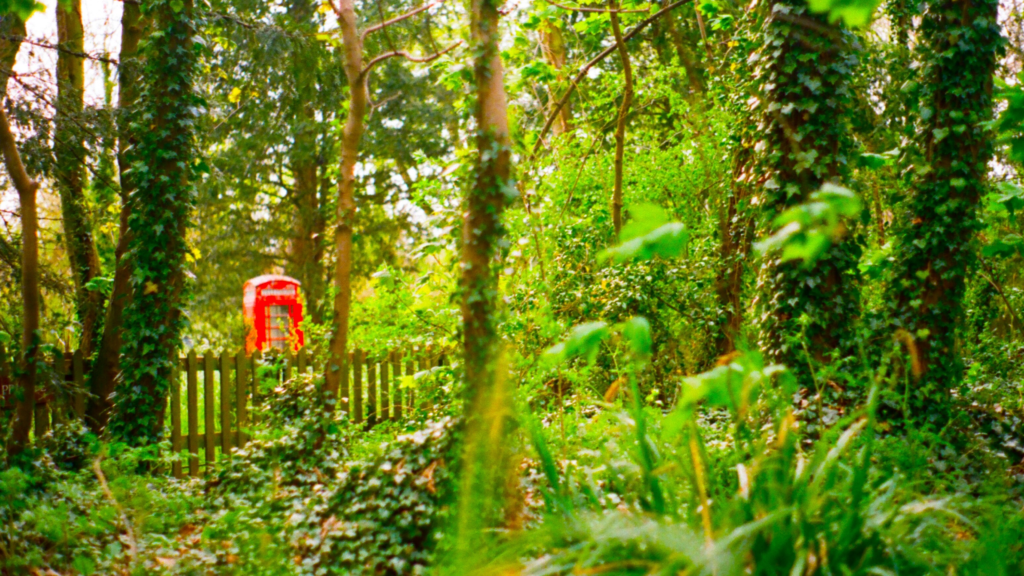By Lizzie Walsh
Whilst the Acropolis or the temple of Aphaia amassed huge swathes of tourists, pop up coffee stands, tat stores and keep off signs, here, there’s no ticket office but just a rusting blue road sign, covered over in peeling paint and stuck ad hoc into the rubble curb. We’re the only visitors, so we stop in a layby and pile out the rental car, wondering if we’ve made a wrong turn and the winding drive has left us at a dead end.
This is Paleochora. The little-known Byzantine ruins tucked into the interior of the Aegina hills, one of the closest islands to Athens, built as a refuge from pillaging pirates. It is the remains of an old town that purportedly had 365 chapels and churches- one for every day of the year. Now only 38 remain, hidden from the Saracens, shells of fragile stone guard mosaicked gold within the mountains’ shadow shelter.
It’s just a few steps from the eroded signpost and display board to the first chapel of Timios: a whitewashed building still in use despite the large lightning shaped fracture above the threshold. The shrine holds gifts and wishes that the faithful locals have left as tokens to the saint: often pictures of people to hold in prayer, other times gleaming silver tamata– votive offerings of embossed metal, given the Greek saints’ apparent penchant for shiny things. The chapels lead us gradually up the rock-strewn hillside, it’s around 11am and already 30 degrees and we’re looking at churches – most of which no longer have roofs, it’s a tiring but rewarding climb. While plants and weeds grow through the old places of worship, the gifts and tamata are still left at the shrines in small mounds by the entrance or rocky enclaves. The saints still seem to serve their purpose despite their fallen sanctuaries. Nevertheless, where the ceilings and insides are intact there are the tell-tale signs of devotion, sometimes a locked door, a burning sanctuary lamp, holy oil in old water bottles (definitely olive oil), holy water in old coke bottles, a hung sakkos – the orthodox priests are elusive but attentive. I imagine they must have come up at dawn or slept the night in these essentially cave-like lodgings with their single aisles and fading icons.
Each chapel honours a different patron saint important to the islanders. Although we’re alone on the hill, aside from a small group of (loud) American student archaeologists, the presence of these 9th century digs is somehow comforting, the prayers of centuries preserved into the knolls and stones. We pass Barbara, Nikolas, George, and Episcopas amongst the remaining 38 patrons. Cicadas and bleating goats fill the beating September air, prickly pears, figs and pefkos dot the valley’s expanse- sun baked pine gusts, mingling with the salty breeze. Some olive trees look as wizened and knotted as the ruins themselves as we reach the more 14th century Venetian citadel atop this antiquated land.
We enter one partially preserved shrine where the gaping window has been infilled and jammed with rocks, wooden madonnas, engraved saints, and scrap metal, so as to block the light falling on the older wall mosaics. This haphazard, makeshift shield is almost a sculptural collage itself, a blessed form of heritage protection. The paint peels and dust falls gently from the walls as we creak shut the door behind us. The scent of burning sage turning to ash drifts toward us, as the delicate construction exhales under the weight of our feet. Striking frescoes pepper the stone, cobalt blue melts into sandstone and madder red, a broken halo, faded dove, a saint’s foot: these are what remain of the archaic art that murmurs biblical tales through the fragments. Icons are now venerated by lizards, the occasional hornet and absentminded tourist. There’s no health and safety, even though some churches are so entangled within the rock faces and groves that we literally have to scramble and climb inside, to find tree roots holding the building- breaking through the byzantine marble.
Remarkably, people still lived in the steep and hidden town until 1840, when the islanders moved outwards from Vathy towards the coast and started their pistachio growing enterprise on the more fertile western slopes, for which Aegina is now famed. The old town of Paleochora and the island herself were eventually overrun with pirates, creating a stronghold during the 12th century. From there, Aegina fell under the successive rules of the Venetian Republic and then was brutally captured by the Sultan Sulieman in 1537 when Ottoman rule commenced. Finally, it was a centre of the Greek revolutionary influences during the war of Independence, then later becoming a tourist spot for weekend-ing Athenians. These saints have seen it all.

